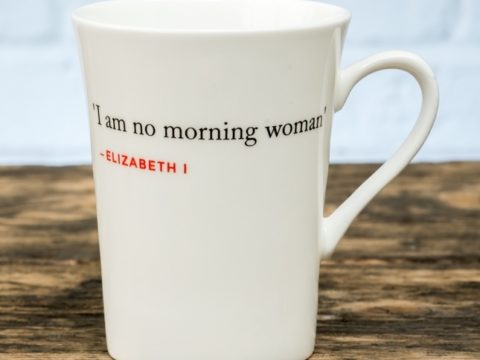John Knox: Life Story
Chapter 18 : The General Assembly
Knox lost some of his authority and prestige in March 1564 when he remarried. Whilst almost everyone who was widowed did remarry, his choice was astonishing. His bride was Margaret Stewart, the seventeen-year-old great-niece of the Duke of Châtelherault. The Queen was furious, Margaret was a connection of the royal family, and should not have married without her consent.
Public opinion was just as inclined then as it is now to question the marriage of a fifty-year-old man with a young girl. His motives cannot have been entirely domestic, as his sons, now aged six and four, were sent to England with Elizabeth Bowes, to be educated by their mother’s family.
The more moderate Protestants, such as Moray and Maitland, were still hoping that the Queen would convert to their faith, but they were certain that Knox’s fulminations were not helping the cause. They instigated a debate in front of the General Assembly, to decide whether Knox should stop agitating against Mary hearing mass. Maitland opened by praising God for giving them freedom to worship as they chose, despite their sovereign being of a different faith.
Knox’s characterisations of her as a ‘slave to Satan’ were likely to stir up rebellion. Many agreed with Maitland that Knox went too far. But he was unrepentant. Mary was a rebel against God, because she persisted in hearing the mass. When Maitland pointed out, reasonably, that Mary saw her religion as true, Knox responded that she had refused all godly admonitions, which Maitland contradicted.
The argument went on. Since Mary showed no inclination to interfere with the Reformed Church, why should she not hear mass? Knox replied that idolaters should die, even if they were princes. But who ought to carry that punishment out? Knox was certain that the ‘people of God’ should carry out the sentence. This was refuted by the opinions of the Reformers – Luther, Calvin, Melanchthon and others – who had upheld civic authority. But Knox was not to be moved and the Assembly failed to reach a conclusion.
In 1565, the Queen married. Her choice of husband was not welcomed by Moray or the Hamiltons. She had selected her cousin, Lord Darnley, son of the Earl of Lennox. Darnley was born and brought up in England, and was also first cousin to Queen Elizabeth, and her nearest male heir. Knox, of course, objected. Darnley, although not conspicuously religious, was a Catholic.
Mary had made a good choice on paper, but an appalling choice in fact. Darnley caused nothing but trouble from the day of their marriage. Knox first encountered him about three weeks after the wedding when the young man, now King Henry, attended Knox’s sermon at St Giles on 19th August 1565. Knox, tactful as ever, spoke on the subject of God punishing nations by giving them young boys and women as rulers, with an extra flourish of allusion to the Queen as Jezebel.
Knox had deeply offended the King, and was called before the Privy Council, which forbade him to preach for up to twenty days. Knox refused their authority – saying he would preach if his Church called him to.
The Queen had greater problems on her mind – her quarrel with her half-brother, Moray, which resulted in the ‘Chaseabout Raid’, followed by the murder of her secretary, David Riccio in March 1566 with the King’s direct involvement. Since Knox publicly supported Moray against the Queen, by his prayers, if not by any physical action, and the plot against Riccio, hatched by Knox’s associates, Ruthven, Morton and others was known to everyone except Mary and the victim, Knox too, must be implicated.
Immediately after Riccio’s slaughter, Knox travelled to the west of Scotland on a preaching tour, and remained there until the autumn. He then requested the General Assembly to permit him to spend six months in England with his sons. Whilst in England, he tried to broker peace over the ‘Vestarian controversy’, which was a dispute about whether ministers in the Anglican church should wear vestments.
Knox himself, like most members of the Reformed faith, disapproved of vestments, but he urged the more rigid of his fellows to compromise – they should not stay away from Church because they did not like what the minister was wearing. Queen Elizabeth and Archbishop Parker were adamant on the topic, and Knox was concerned to promote unity amongst Protestants of all stripes.
Meanwhile, in Scotland, Mary’s reign was coming to its final, dramatic, conclusion. The assassination of the King was followed by Mary’s marriage, whether forced or by her own volition, to the Earl of Bothwell, widely believed to be behind the murder – although he was almost certainly only one of the conspirators.
Knox felt vindicated in the condemnation he had poured on the Queen’s head. He preached vociferously against her, and urged that she be executed, as an adulterer and murderer. His preaching was so virulent that Elizabeth’s ambassador, Sir Nicholas Throckmorton, requested that he moderate his attacks on her, but Knox refused.




